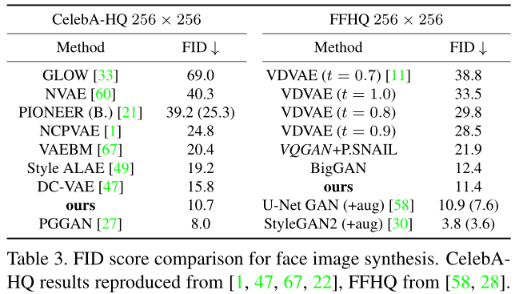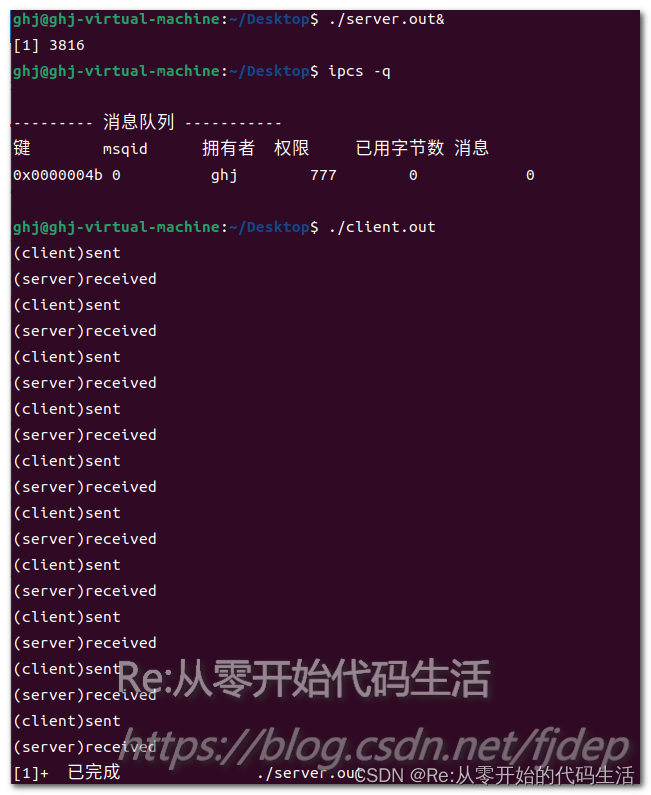一:适配器基本概念
把一个既有的东西进行适当的改造,比如增加点东西,或者减少点东西,就构成了一个适配器。
三种适配器:容器适配器、算法适配器、迭代适配器。
二:容器适配器

本章第三节学习过双端队列deque
<1>stack:堆栈,是属于阉割版deque
<2>queue:队列,是属于阉割版deque
三:算法适配器(函数适配器)
最典型的就是绑定器(binder)
1、绑定器
老版本为bind1st、bind2nd;c++11中,名字被修改为bind;参考高级话题与新标准第七节。
#include <vector>
#include <iostream>
#include <algorithm>
#include <functional>
using namespace std;
class A
{
public:
bool operator()(int i)
{
return 40 < i; //大于40的元素被统计
}
};
void func()
{
vector<int> myvector = { 50, 15, 80, 30, 46, 80 };
//统计某个值出现的次数
int countInt = count(myvector.begin(), myvector.end(), 80);
cout << "countInt = " << countInt << endl;
A myobja;
countInt = count_if(myvector.begin(), myvector.end(), myobja);
cout << "countInt = " << countInt << endl;
//less<int>的operator()的第一个参数绑定为40,这样当调用less<int>()这个可调用对象时;
//第二个参数,就用这里的placeholders::_1表示,在调用这个函数时,被传入的第一个参数所取代。
auto bf = bind(less<int>(), 40, placeholders::_1);
countInt = count_if(myvector.begin(), myvector.end(),
bind(less<int>(), 40, placeholders::_1));
cout << "countInt = " << countInt << endl;
}
int main()
{
cout << "begin" << endl;
func();
cout << "end" << endl;
return 0;
}
<1>bind:函数适配器中的绑定器;
<2>less():是个函数对象(仿函数),这是个临时对象;
<3>count_if:是个算法。
学习参考网址:
https://en.cppreference.com/w/
https://cplusplus.com/
四:迭代器适配器
1、reverse_iterator
参考第十三章第九节反向迭代器
#include <vector>
#include <iostream>
#include <algorithm>
#include <functional>
using namespace std;
void func()
{
vector<int> iv = { 100,200,300 };
for (vector<int>::reverse_iterator riter = iv.rbegin(); riter != iv.rend(); ++riter)
{
cout << *riter << endl;
}
}
int main()
{
cout << "begin" << endl;
func();
cout << "end" << endl;
return 0;
}
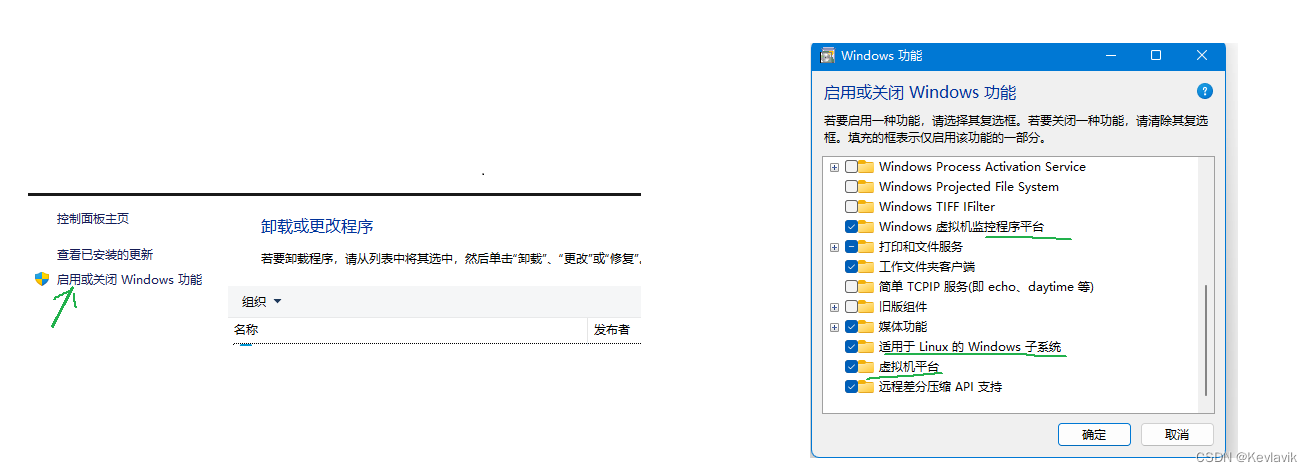

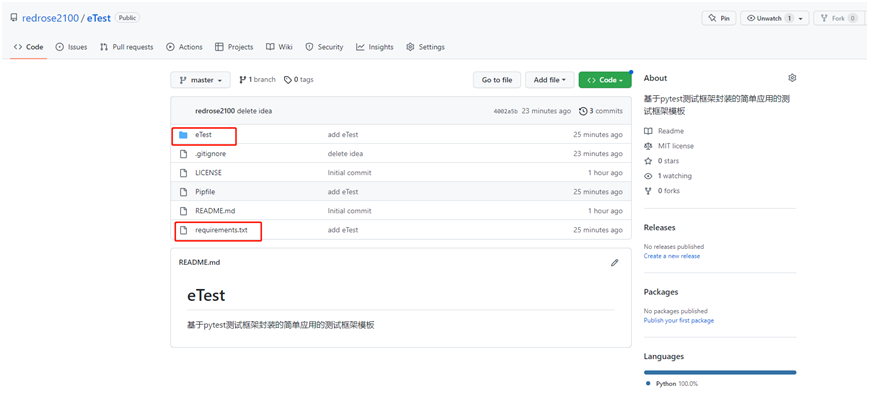




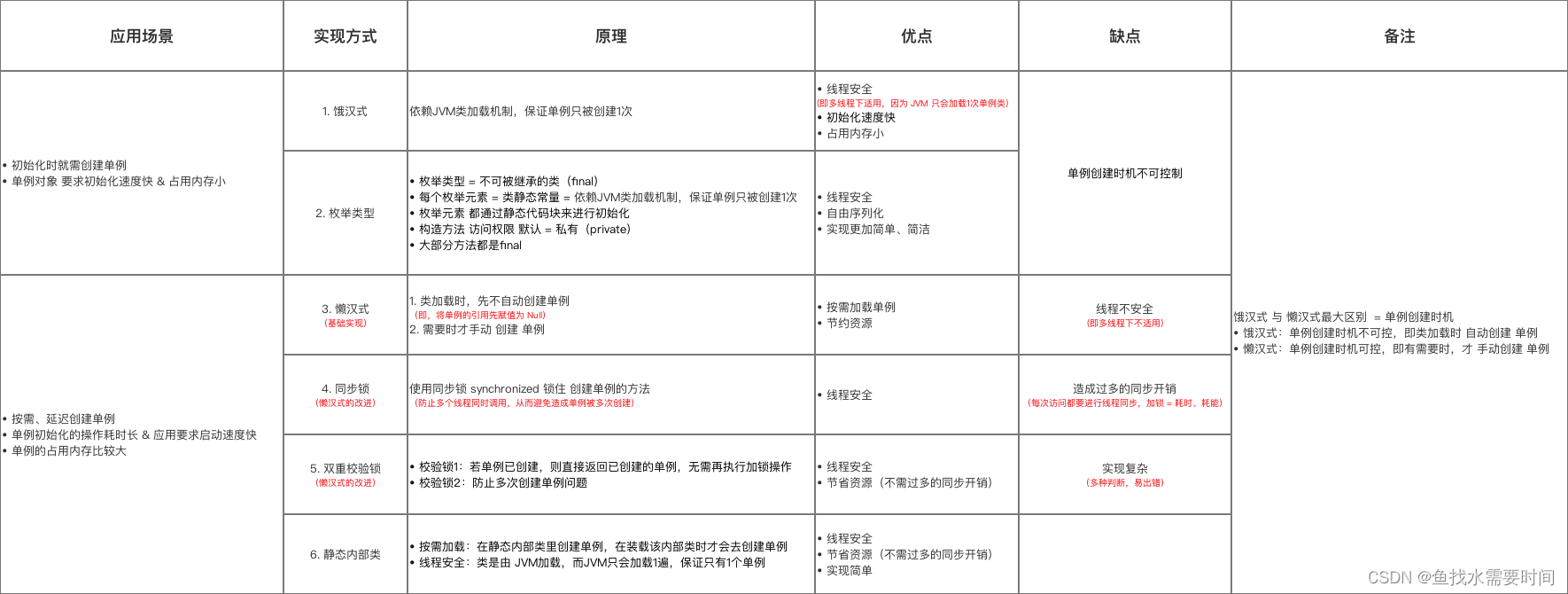

![[附源码]Python计算机毕业设计SSM基于的社区疫情管理系统(程序+LW)](https://img-blog.csdnimg.cn/9f4397a417064b8694e8c01e319086f3.png)



